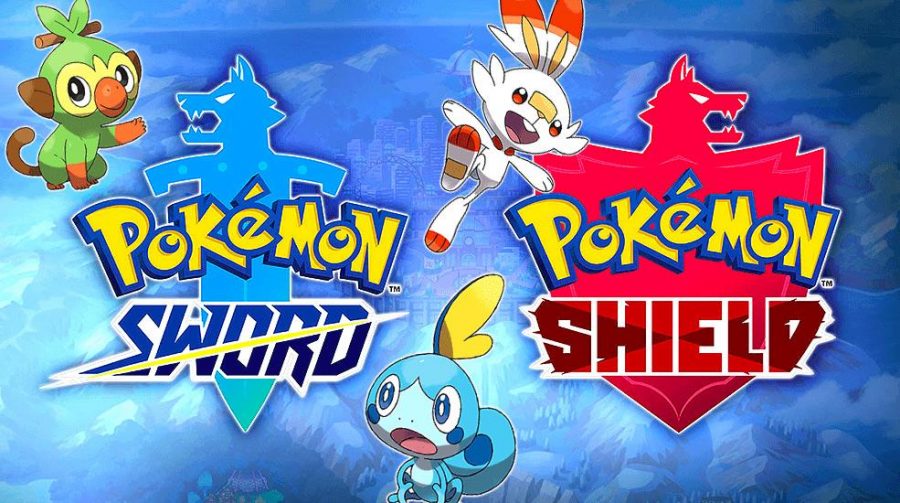Pokémon takes on a new form
“Pokémon Sword and Shield” improves on winning formula
December 12, 2019
Pokémon has been making sequels for almost 25 years now, and is almost a textbook example on how to make sequels. When a new main line Pokémon game comes out, the bulk of the game is largely the same. Catch all the Pokémon, defeat a team of crooks, battle and train to defeat the elite four, all while using the same rock-paperscissors-style combat system. But with each new generation of Pokémon games comes new additions to spice up that same formula. Mechanics like equipping items, abilities, double battles, triple battles, mega evolutions and z-moves have all been added slowly but surely to make the game more interesting while still keeping the same core. “Pokémon Sword and Shield” manages to do just that with a whole new set of monsters, a new dynamaxing mechanic and a lot of quality of life changes.
Immediately after starting the game you are put into a large and explorable 3D world full of new Pokémon and beautiful backgrounds.
After looking through the options menu and the world map, the player can see that the game has improved upon its predecessor, “Pokémon Ultra Sun and Moon”, by allowing the player to skip cutscenes, fish right from the start, and by having a more linear map with more side paths. The game’s tutorial is also much shorter than its predecessor, letting the player start the action much quicker than last time, and even allowing them to skip part of the tutorial when prompted.
Even past the beginning, the game continues to surprise the player with new features and quality of life changes that make the game better. The most notable addition is dynamaxing. In certain areas of the game, namely gyms, players can choose to dynamax their Pokémon, making them grow to a gigantic size. Dynamaxing raises a Pokémon’s stats and makes all their moves extra powerful, but can only be used once per battle and lasts for three turns. The mechanic basically fuses mega evolutions and z-moves into one mechanic that can be used on any Pokémon. Certain Pokémon take a special form when they dynamax too, called gigamaxing, which makes them look different & changes their stats after growing. The idea is great because it adds a special trump card to every team and spices up turned-based combat.
Regional variant (Alolan form) Pokémon have also returned through the Galarian Pokémon. These forms act the same as the Alolan forms, giving new typings and stats to older Pokémon, some even geting new evolutions! “Pokémon Sword and Shield” is not perfect though, as one primary complaint plagues the community and fanbase. The game has a lot more variety of Pokémon available to catch compared to other games, with the first route having almost 10 different Pokémon on it. But on the flip side of this, Pokémon from previous games can’t be traded to either “Pokémon Sword” or “Pokémon Shield”, and there are about 400 Pokémon not available anywhere in the wild. This means that close to half of the Pokémon from previous games will not be able to be caught until a future title.
Many fans are disappointed that a lot of their favorite characters have been cut from the roster, as trading to the next Pokémon title has been a staple since Pokémon Ruby and Sapphire in 2002.
While it is disappointing that many older Pokémon were cut, there are still almost 100 new Pokémon added to the roster, making it fun and exciting to explore the new region. Coupled with the new quality & visual changes, the game turned out to be pretty solid. Overall, the game is mostly the same, so fans of the previous games will likely still be a fan of this title, but little was made to bring new people into the fanbase.









